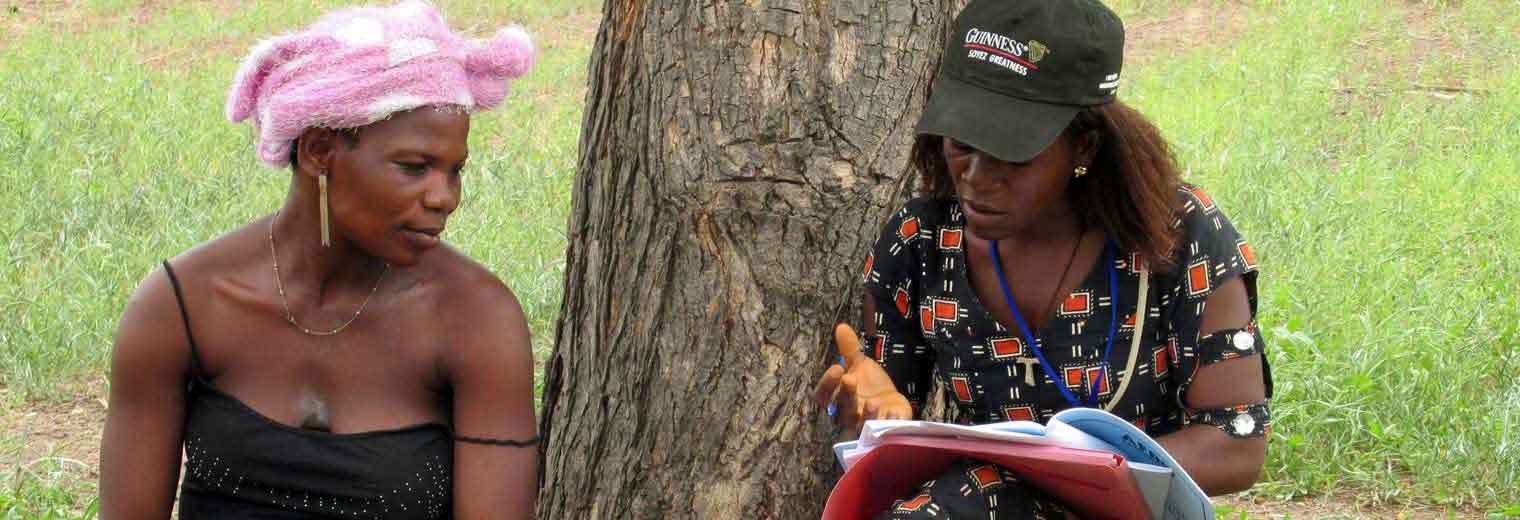
 Edem Selormey is Afrobarometer field operations manager for anglophone West Africa and East and North Africa. edem@afrobarometer.org
Edem Selormey is Afrobarometer field operations manager for anglophone West Africa and East and North Africa. edem@afrobarometer.org
I have wondered why some National Partners provide T-shirts, caps, etc. to fieldworkers. Whilst such bold identification of AB fieldworkers would be quite inappropriate in some of the countries we survey, T-shirts and caps branded with AB insignia are a standard part of AB surveys in a few of our countries. Cabo Verde’s Afrosondagem, for instance, opts for the traditional AB orange, blue, or white T-shirts for fieldworkers. Quite conspicuous for fieldwork, one might think.
However, for our pioneer lusophone National Partner (first to introduce the use of T-shirts in 2002), the T- shirts make the fieldworkers look smart and business-like and serves as identification material in the field. Fieldworkers also get to keep them as souvenirs. But for me, in 2018, the significance of the orange T- shirt changed from just attire for fieldworkers and publicity item for AB to something more useful and innovative. It became the “local GPS”!
On the first day of field monitoring (by Afrosondagem and CDD-Ghana) in São Tomé and Príncipe, the technical assistance team accidentally split from the team of fieldworkers. After trying without luck to reach the supervisor and field research assistants on the phone, and desperate to find at least one field research assistant to observe an interview, we resorted to the old-fashioned way of doing things in Africa – ask anyone we met along the road, “Have you seen anyone in an orange T-shirt similar to what we are wearing?” If yes: “Where did you see them, and which direction did they go?”
Within a 400-meter radius of where we had last seen the field research assistants, we asked six people, including four children between the ages of 6 and 10 years. Out of the six, four had seen the orange T- shirt and pointed us in the right direction. After a 200-meter walk down narrow alleys and bumpy dirt roads, a little girl probably 6 or 7-year-old who was playing with her friends not only responded “Sim” (Portuguese for “yes”) to our question about a “camiseta laranja” but also led us to the exact spot (her home) where the orange-shirted field research assistant was conducting her first interview, with a taxi driver.
If only our modern GPS were as precise as the little girl in São Tomé!
Image: Afrobarometer field researchers in São Tomé and Príncipe.

